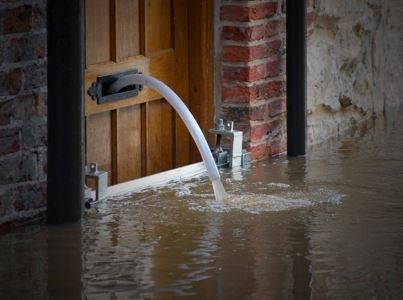Should I Be Worried About Grey Water Damage?
As we’ve talked about on our blog before, there are three main types of water damage. These include clean water damage, grey water damage, and black water damage. Most homeowners know about clean water damage, as it is just what it sounds like, and a lot has been written about the dangers of toxic black water, which is basically sewage. “But what is grey water damage and should I be worried about it?”, you may be asking yourself. Keep reading for everything you need to know, courtesy of our water damage experts at FP Property Restoration.
What You Need to Know About Grey Water Damage
- What Is Grey Water? Grey water, also known as Category 2 water, or “sullage,” is water containing a certain amount of contamination that may be harmful to humans and animals, though not the same level of contamination found in black water, aka Category 3 water. The most common kinds of grey water include water from toilet bowls, dishwashers, washing machines, or flood water from damaged sump pumps.
- How Harmful Is Grey Water? As mentioned above, grey water is harmful, though not without exception. Cooking, cleaning, or bathing with grey water is more likely to cause harm than mere exposure to it (unlike with black water, where even the fumes can be toxic.) Grey water may contain soap particles, oils, grease, food residue, bleach, as well as dead hair and skin cells. These contaminants may allow disease-causing organisms to be transferred via contaminated hands or direct contact with broken skin. However, the biggest factors separating grey water that is dangerous versus grey water that is harmless may be time and temperature. If left untreated for long enough, bacteria may start to grow in grey water, especially if the temperatures are humid enough. In these conditions, grey water is also more likely to lead to mold growth.
- How Can I Clean Grey Water? Like every different type of water damage, the EPA has specific guidelines for treatment and disposal, depending on the severity of the damage. All contents of the home should be dried when exposed to grey water damage, and items like carpets, drapes, insulation, wooden furniture, and other porous materials should be disposed of to discourage mold growth. You may also need to remove or replace HVAC equipment to prevent mold spores from being recirculated throughout your home. Various disinfectants and chemicals may be used to clean grey water damage, but the bottom line is that if your home has been exposed to even a minimal amount of grey water, it is best to contact professionals, like our team at FP Property Restoration. We specialize in helping homeowners recover from events like storms and floods, and with services like contents cleaning/restoration, we promise to do everything we can to return your home to its former self following water damage.
Call (888) 408-2335 now to schedule grey water removal and more, or contact us online.


